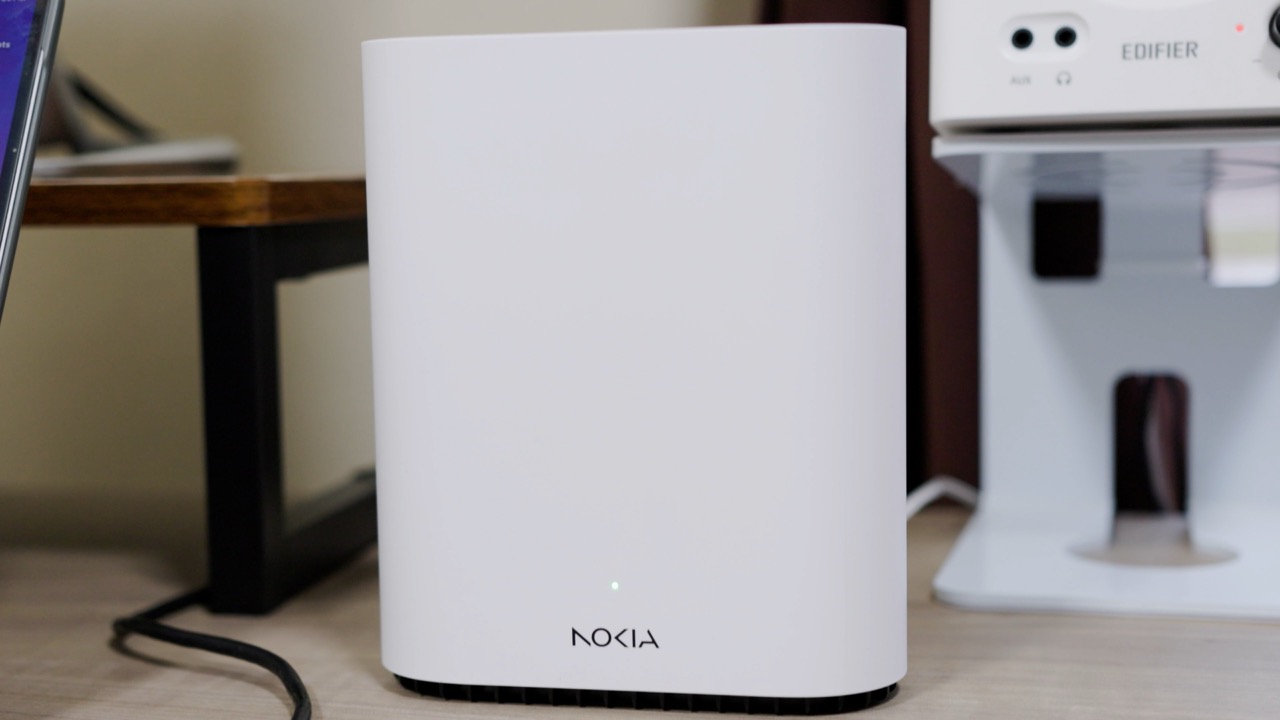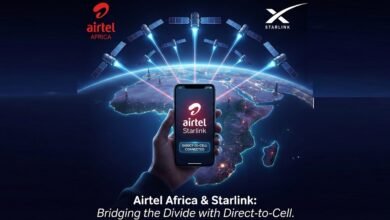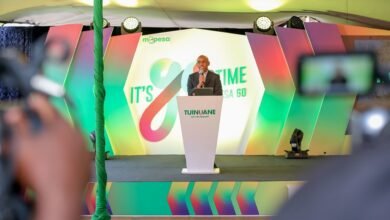As Kenya’s digital infrastructure continues to evolve, Safaricom customers are faced with a growing dilemma: should you stick with the traditional Safaricom HOME Fibre connection, or is it time to switch to Safaricom 5G WiFI internet? With 5G WiFi packages now offering faster speeds, cheaper monthly rates, and higher Fair Usage Policy (FUP) thresholds — plus a dramatic drop in router prices — the decision may be easier than you think.
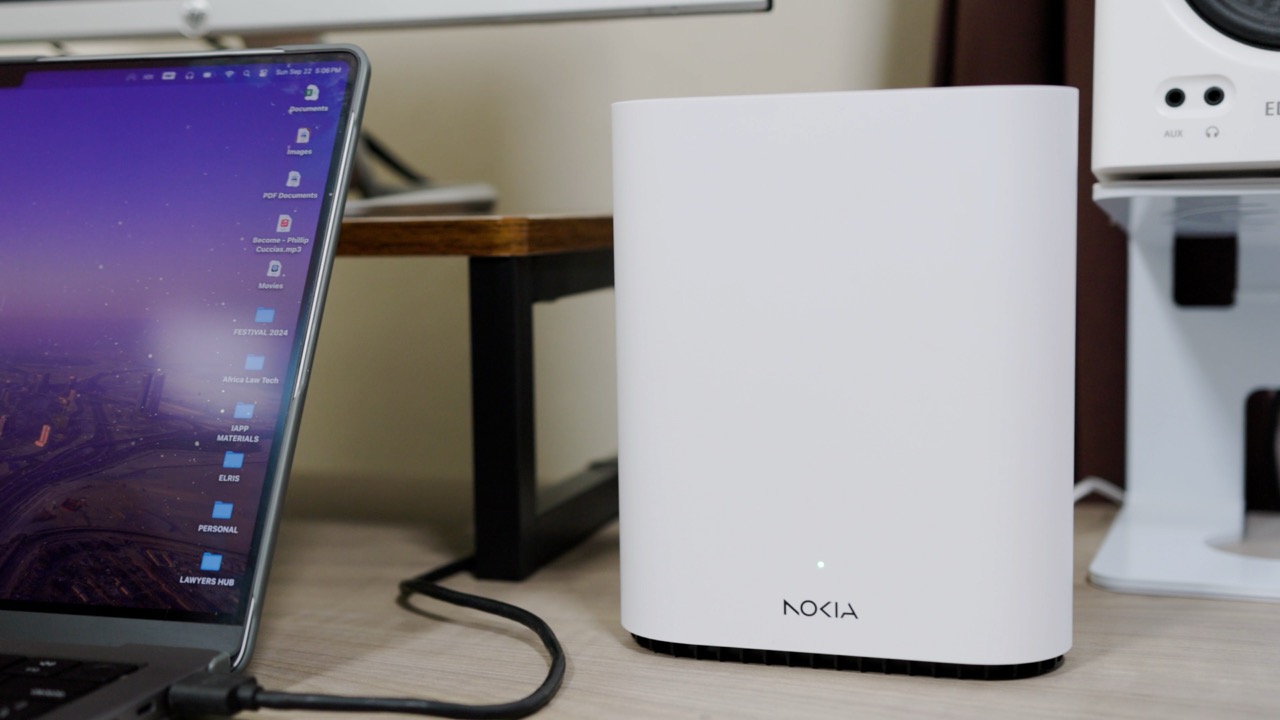
How the Plans Work: Fibre vs 5G WiFi
Safaricom HOME Fibre is a fixed broadband solution that requires the company to physically pull fibre-optic cables into your home. This installation is handled by Safaricom’s technical team, who also provide you with a home router as part of the setup. However, this service is only available in select areas where fibre infrastructure is already laid out.
In contrast, Safaricom 5G WiFi is a plug-and-play wireless service using mobile networks. You simply purchase a compatible 5G router, setup a plan, and start browsing. No cables, no complex installations. Better yet, Safaricom’s 5G is already accessible in many more parts of the country than its fibre counterpart — making it a viable option for those outside fibre zones.
Comparing the Plans and Pricing
Safaricom 5G WiFi Unlimited Packages
| Plan | Speed | Price (KES) | FUP Limit | Users |
|---|---|---|---|---|
| 5G 50Mbps | 50 Mbps | 4,000 | 1500 GB | Up to 4 |
| 5G 100Mbps | 100 Mbps | 5,000 | 2000 GB | Up to 8 |
| 5G 250Mbps | 250 Mbps | 10,000 | 4000 GB | Up to 10 |
Each plan is valid for 30 days. Once the FUP limit is reached, throttling details are not publicly outlined, but usage continues uninterrupted.
Safaricom HOME Fibre Packages
| Plan | Speed | Price (KES) | FUP Limit | Speed After FUP |
|---|---|---|---|---|
| Bronze | 15 Mbps | 2,999 | 500GB | 1 Mbps |
| Silver | 30 Mbps | 4,100 | 1000GB | 3 Mbps |
| Gold | 80 Mbps | 6,299 | 1000GB | 3 Mbps |
| Diamond | 500 Mbps | 12,499 | 1000GB | 3 Mbps |
| Platinum | 1000 Mbps | 20,000 | 1000GB | 3 Mbps |
All fibre packages come with a 1:4 contention ratio, meaning at peak traffic times, users may experience speeds as low as 25% of the advertised rates.
5G WiFi vs Fibre: Why 5G Looks More Attractive Now
Several key differences emerge when comparing the two services:
- Speed-to-Price Ratio: For KES 4,000, you can get 50 Mbps via 5G WiFi, whereas the same amount on fibre gets you only 30 Mbps.
- Generous FUP: 5G WiFi plans start at a 1.5TB limit and go up to 4TB, compared to fibre’s 500GB–1TB range.
- Wider Availability: 5G is accessible in more parts of Kenya than fibre, which is still limited to regions with physical infrastructure.
- No Contention Ratio on 5G WiFi: There is no mention of speed drops due to network congestion on 5G, unlike the 1:4 ratio on fibre.
- Throttling Transparency: Fibre throttles speeds to as low as 1 Mbps once FUP is reached. 5G WiFi plans do not publicly state throttled speeds, which may imply better post-cap performance or less aggressive throttling.
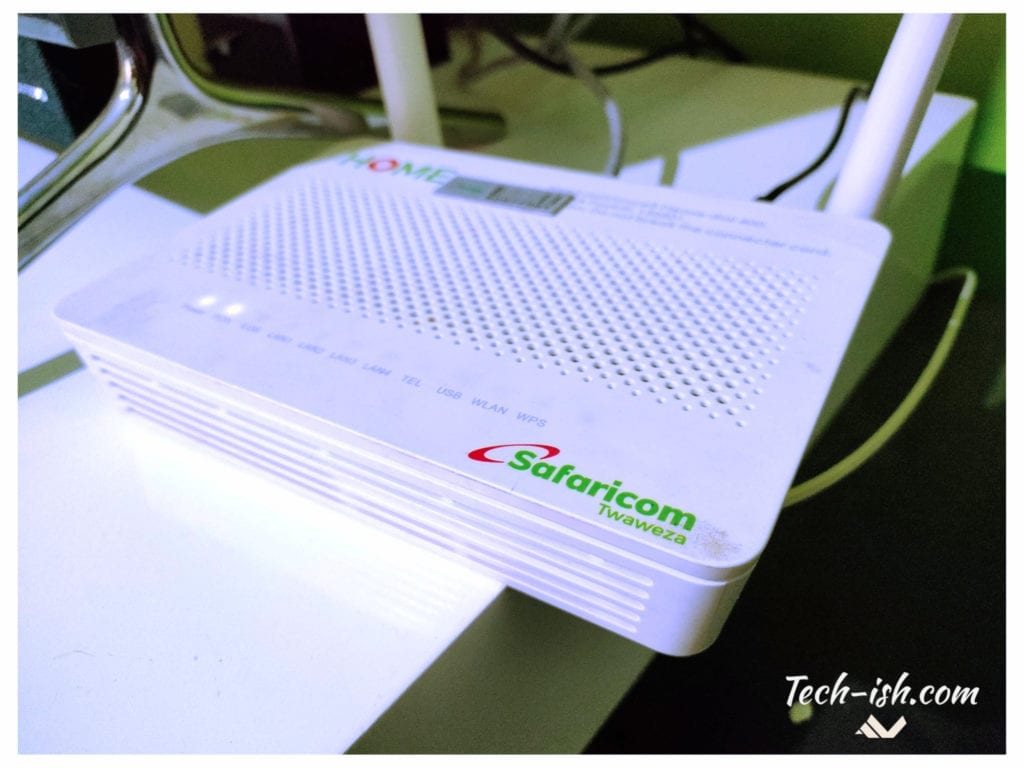
The Router Price Drop: A Strategic Push?
The current price of the Safaricom 5G WiFi router is just KES 2,999 on Masoko.com, a huge drop from its original KES 20,000 price. This drastic reduction — from KES 11,000 to KES 9,999 and now under KES 3,000 — signals a strategic move by Safaricom to boost 5G adoption.
These routers are now being distributed across multiple outlets including Safaricom Shops, authorized dealer outlets, and even QuickMart supermarkets. This aggressive retail presence indicates Safaricom’s clear intent: they want 5G in more homes, faster.
Is This About Starlink?
The timing of Safaricom’s shift in strategy cannot be ignored. As Starlink continues to expand in Kenya with competitive rural offerings and the introduction of rentable internet kits, Safaricom may be repositioning 5G WiFi as a faster, more scalable alternative to traditional fibre.
By pushing 5G at lower costs and better terms, Safaricom may be future-proofing its customer base before satellite-based ISPs like Starlink become a household norm.
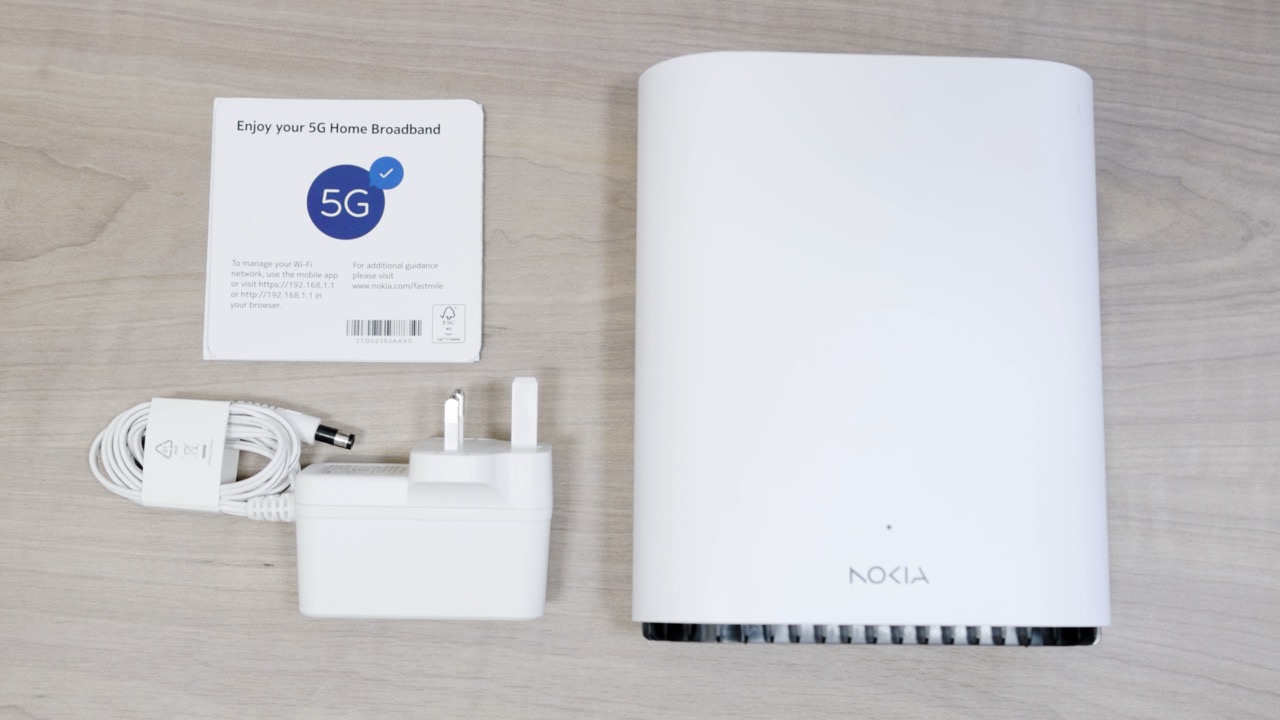
Final Thoughts: What Should You Choose?
If you live in an area already wired for fibre and don’t mind the 1:4 contention ratio and the 1TB FUP, HOME Fibre is still reliable. But for everyone else — especially those in non-fibre zones — Safaricom 5G WiFi is the smarter, faster, and more flexible choice right now.
You get more speed for less money, higher FUP caps, and the freedom to connect without waiting for installation. And with the router now cheaper than ever, this might be the best time to make the switch.

